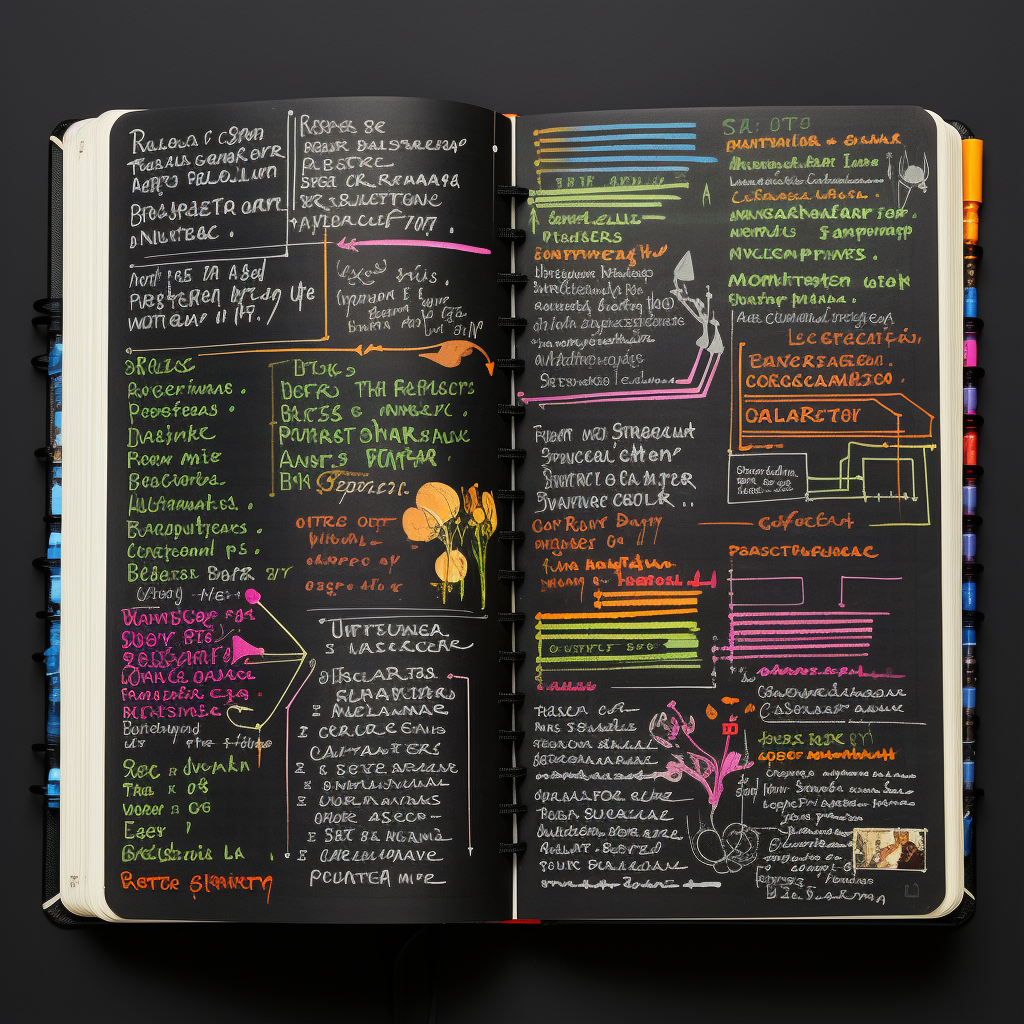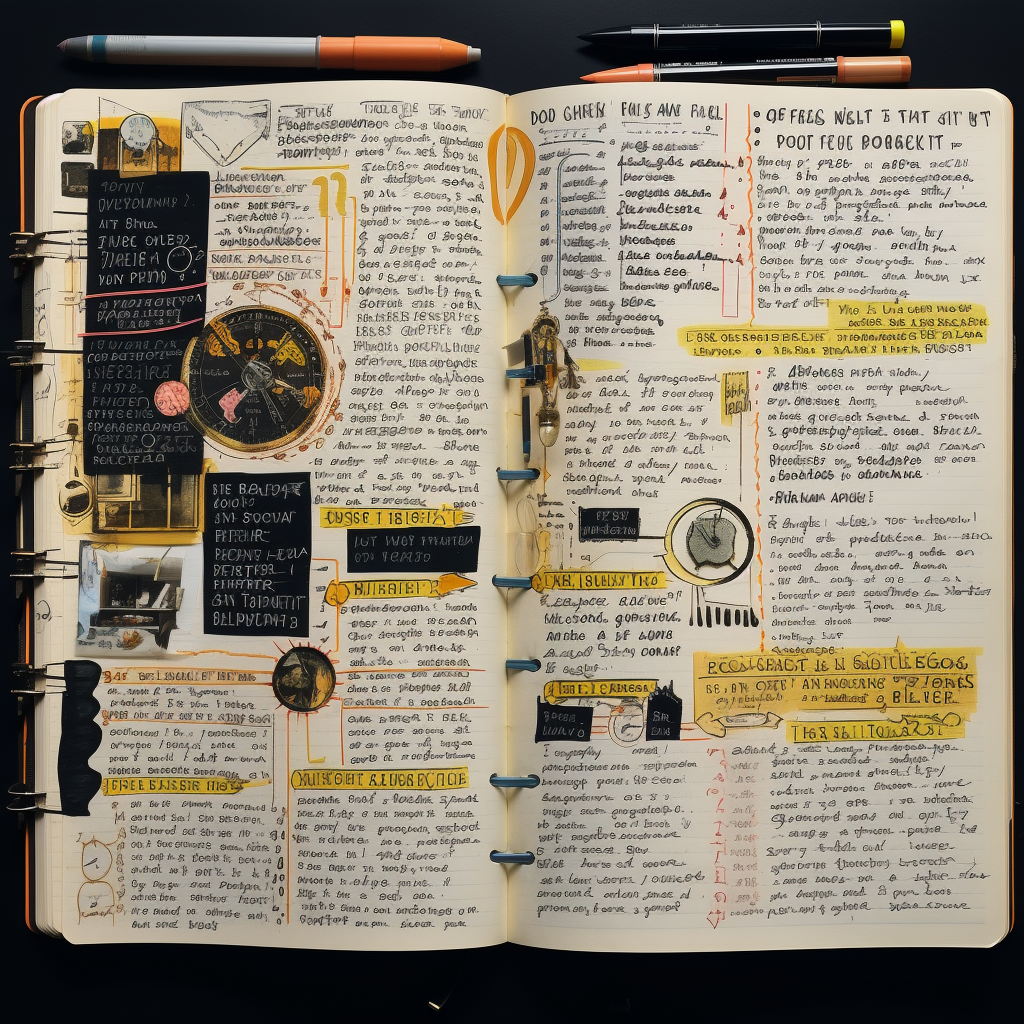What Is Rhetoric?
Product Managers ensure that we are all working on the right thing, for our users and our business. We manage stakeholders above us, and teams below us. When faced with a new project, we need approval to move forward from above, and the investment of those below doing the work. Persuasion is everywhere as stakeholders invite crisp, clear and confident rhetoric. Our teams demand the depth and explanation which comes with reducing the ambiguity of new. If stakeholders require the what and when, teams run on the clarity of who, why and how. Both invite question and adjustment, but in Booth’s sense, often put aside the rhetoric of winning and losing to focus on what’s right for those who are never in the room - our product’s users. If anything’s to be won it’s the alignment of agreement.
Nuance of style is important in both scenarios. For stakeholders, we lean on Bacon’s application of reason to imagination, supporting our rhetoric with quantitative evidence, qualitative voice, and numeric hypotheses in order to persuade. For team discussions, we lean more on Richards’ rhetoric of remedying misunderstandings in explaining why we are choosing to do something. Through remediation we are able to move from the misunderstanding of why to the inquisitive rhetoric of how.
These rhetoric scenarios are also deliberately sequenced. We cannot persuade stakeholders of a project which cannot be done by the team. And we cannot ask the team to do something which hasn’t been approved by stakeholders. This is where we return to Booth in aligning around ideas of the right way of thinking through a problem as a team. One successful approach has been to think of stakeholders as being on the team, and elevating those on the team to positions of decision maker. By flattening out the rhetorical hierarchy of audience, we move from scenario of persuasion into shared problem-solving.































